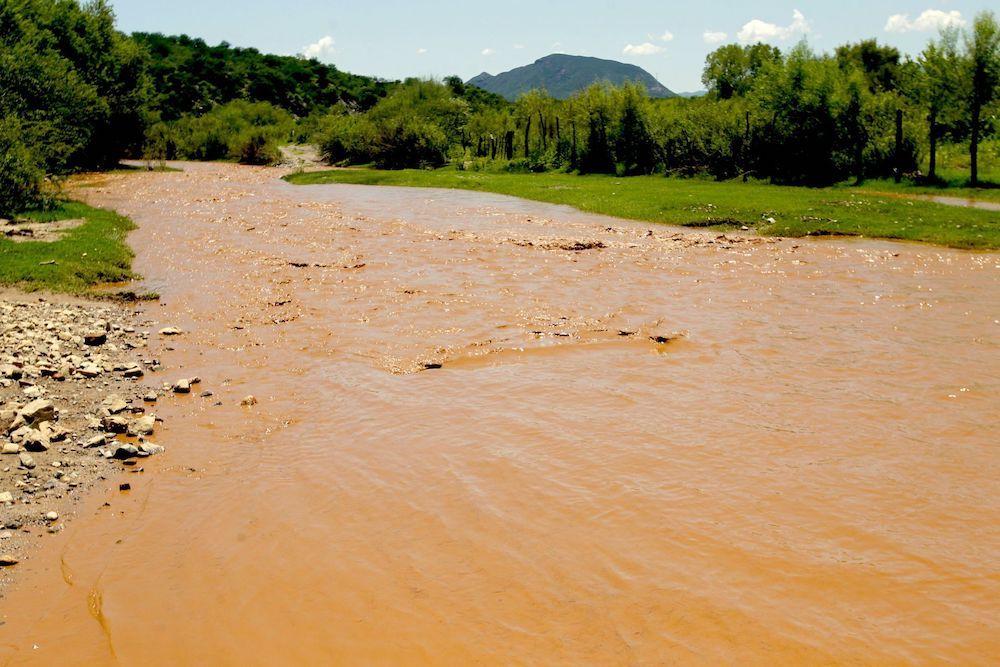Eight years after the spill of 40,000 liters of toxic substances in the Sonora River, members of the Basin Committees and experts called for reopening the research kits and carrying out a comprehensive review of the case, to establish responsibilities, repair the damage and ensure no repetition.
Omar Arellano, doctor in Biological Sciences from the National Autonomous University of Mexico (UNAM), recounted the key stages of the process, from the impact on surrounding ecosystems to community struggle and government actions, during the discussion “Eight Years of Impunity in the Face of the Sonora River Spill”, organized by the University Seminar on Society, Environment and Institutions of that university.
According to the academic, the incident that impacted more than 25 communities can be understood in four main stages.
The first corresponds to immediate response actions, which include up to one year after the spill; a second stage of “latency” in the following three years; followed by the first resolution of Grupo México and Semarnat, which concluded that there are no damages and the subsequent closure of the case by the authorities, at the end of the last six years; and the current phase, in which a new review of the case is being sought.
“At the close of the last administration, we wanted to shut down the case, and now we are in a phase of review and reopening of the case by the Government, so we consider that it is necessary to review all the studies that were not taken into account at the time, to review the actions of those involved, both at the state and federal levels, as well as those responsible for the control and prevention of environmental damage to the company,” said Arellano.
The specialist also addressed the need to make changes in the legal instruments available to the State to prevent, address and punish cases of environmental emergency.
To an express question, he answered that the Federal Environmental Responsibility Act is an instrument that could not respond to the Sonora River contingency.
“Although the motto says that 'the polluter pays', everything is done so that the polluter does not pay. On the contrary, with a fine he goes ahead and continues his activity, and those affected are given the burden of proof. Society has to prove that something is affecting us, never companies,” he said.
Antonio Romo, Patricia Valverde and Ramón Miranda, representatives of the Committees, a movement of those affected by the spill, spoke of the process of abandonment of the case by the authorities and the lack of follow-up to the commitments made by the company regarding the health of the communities.
Patricia Valverde explained that at the end of 2021, a survey of family cards was carried out to determine if there were people who had any symptoms related to heavy metals, through the National Center for Preventive Programs and Disease Control (Cenaprece).
The results showed that 99% of the samples resulted in the presence of lead in the blood, causing health problems. Arsenic and cadmium, among others, were also found.
“To minimize, they tell us that there are only minor traces of mercury, when mercury is a metal of which there should be no trace in the body.”
The members of the Sonora River Basin Committees urged the authorities to evaluate the risks and impacts in their right dimensions.
Victoria Beltrán, from the organization Poder, asserted that the authorities' solutions became a simulation and part of the problem.
“We are engaged in a dynamic that is detrimental to the most vulnerable people because of economic interests that have nothing to do with people's well-being,” he said.
He stated that while the principle of “the polluter pays” sounds well enshrined in laws, for communities it does not guarantee access to justice and reparation for harm.



Comentarios (0)